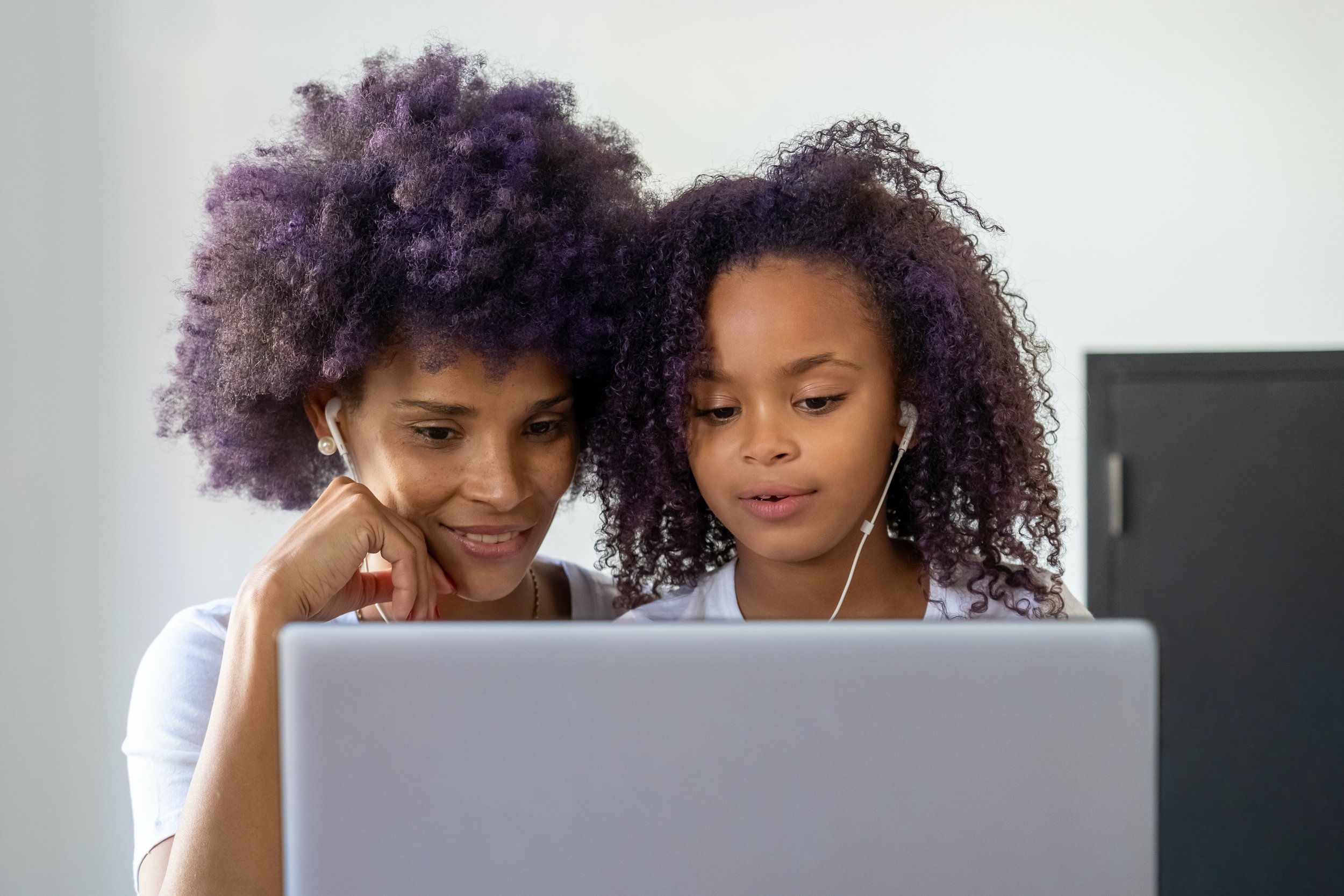When Does Health Literacy Begin?
In recognition of Health Literacy Month in October, Artcraft Health shared an article that asked the questions What is health education? and What is health literacy? Education provides patients and their caregivers the knowledge that enables them to adopt and maintain healthy behaviors, whereas health literacy is the degree to which people are able to process and understand basic health information to make health decisions that are right for their individual needs.
In this article, we ask the question When does health literacy begin? The answer is it can begin with children. Important cognitive, physical, and emotional development takes place during childhood and youth. Early educational interventions that promote healthy behaviors can foster health literacy in children during this crucial time, helping them to make healthier choices throughout their lives.
Why focus on developing health literacy among children?
In a speech about longevity at HLTH 2023, Chelsea Clinton spoke about how longevity can be attributed to how we prepare our children to live healthy lives. She said that the country has “failed consistently to prioritize our kids,” noting that the maternal mortality rate among American women of color has increased, as have the rates of suicide among both children overall and those killed by firearms. She added that one third of adolescent girls say they have had suicidal thoughts.
These deep concerns about children’s health raise questions about whether we as a nation are doing enough with our health system’s caring infrastructure to provide parents and educators the resources they need to support their children. A good place to start addressing this challenge is in guiding children early on a path to health literacy.
Going beyond reading, writing, and arithmetic
Health education may take place in healthcare settings or in schools. In the latter, it augments the standard curriculum and is usually adapted for children and youth aged from 3 to 18 years. According to a study by Bröder and colleagues, Health Literacy in Childhood and Youth, health literacy among children includes practicing personal hygiene, achieving emotional stability in school life, and learning to cope with the challenge of making sound health choices.
Yet, according to the study, there is a gap in the knowledge children and youth need for making smart health decisions. That gap may be due to any number of personal, social, or economic challenges these children and their families may face, such as
parents’ limited knowledge and skills for promoting good health
low socioeconomic status
limited connection with social groups or medical care
Children who face these barriers to health literacy can still be empowered to engage in their own healthcare decisions and to be healthier youngsters. To help these children reach this goal, healthcare professionals and educators can take several important steps, including the following:
Writing and designing age-appropriate health-related materials
Ensuring resources are culturally relevant
Offering guides for teachers, parents, and healthcare professionals to support their teaching efforts
Healthy outcomes for children through adulthood
Bröder and colleagues point out that health literacy evolves over time and is continually acquired and developed. Whether teaching preschoolers about personal hygiene or adolescents about disease prevention, health promotion, and sexual health, we, as teachers, parents, and healthcare professionals, must be equipped to help these children understand the increasingly difficult health information that is necessary to prepare them for accessing and navigating our healthcare system as independent adults. This is a daunting challenge, but meeting it will help ensure our children are health literate and able to make the best decisions for their health.
Knowledge is an important component of self-efficacy: It is a key component of health literacy that begins with education that transforms behavior.
How Artcraft Can Help
We love developing pediatric health education. Our creative expertise ranges from the designing of guides and brochures that help children understand their role as participants in clinical trials to the creation of animations, videos, websites, and booklets that teach about diseases, treatments, and the importance of vaccines. We apply our CUE proprietary approach to health literacy through clear, understandable education for content, design, accessibility, and the user experience.
To learn more, contact us at info@artcrafthealth.com
About the Author
Lisa Moss Calderwood is Vice President and Copy Director at Artcraft Health.





